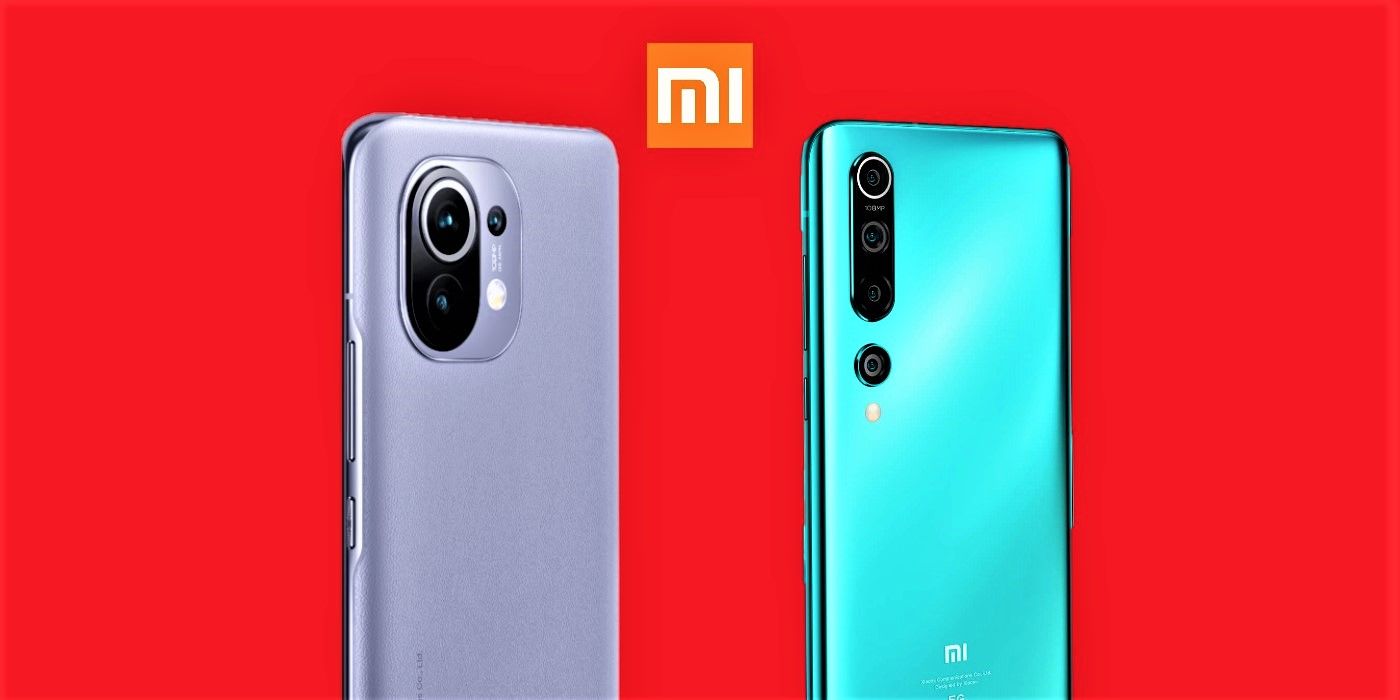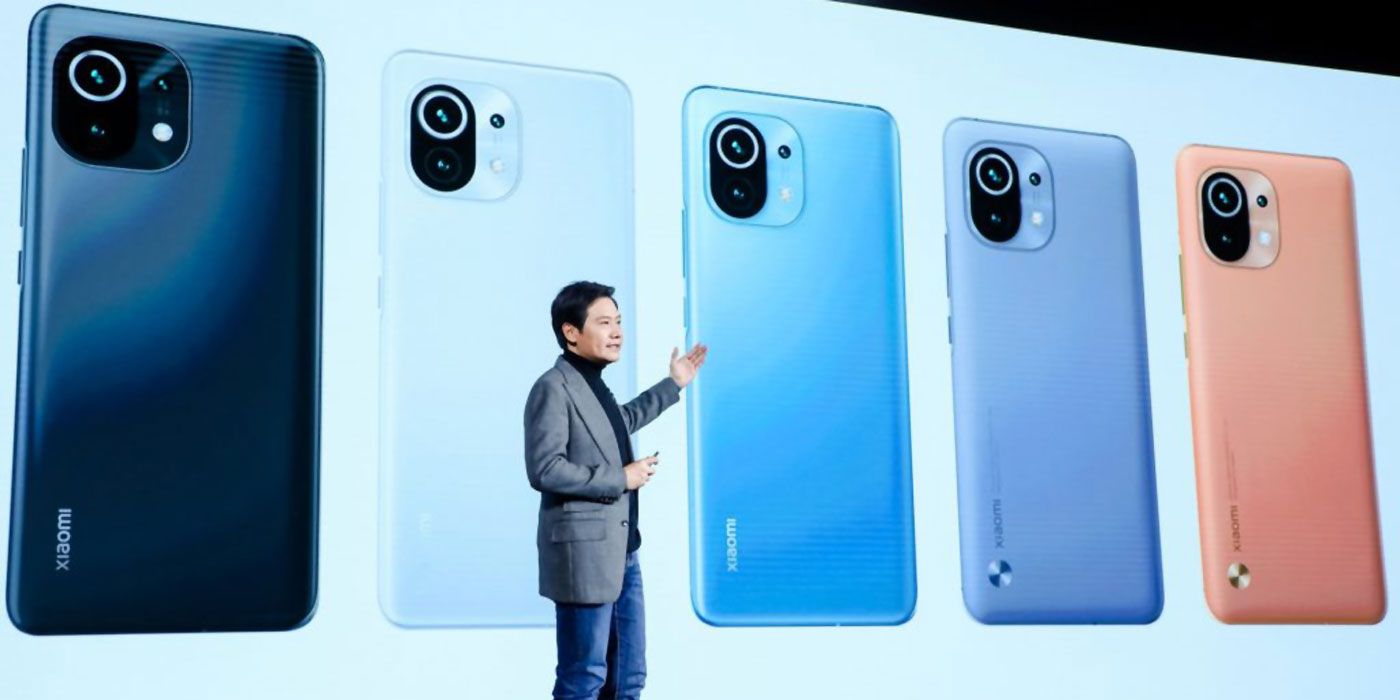
The Xiaomi Mi 11 is set to take over from the Mi 10 with a variety of next-generation smartphone enhancements. While Xiaomi's latest phone does come with a broad range of features, its hardware isn't exactly that far removed from its predecessor, suggesting there are enough similarities between the two to hint at more of an incremental upgrade than a major technological leap.
Rumors flirted with the idea that Xiaomi's next flagship phone will feature numerous upgrades over its predecessor. Some of those suggested, included a greater battery capacity, a larger display, and an improved four-camera configuration, among others. The speculation was eventually put to rest once the Mi 11's official specs were finally unveiled, following the announcement of the newest smartphone from Xiaomi.
In a blog post, Xiaomi boasted about the Mi 11's various accolades, including being the first phone to debut the next-generation Snapdragon 888 SoC. The company also touted a display that's among the “best screens on the market” with some of the major selling points being the nits peak brightness level and the 480 Hz touch sampling rate. Other highlights include an optimized MIUI+ user interface, which decreases memory and power consumption by 20-percent and 17-percent, respectively, and speakers tuned by Harman Kardon. In addition to its “blockbuster level” camera quality, the Mi 11 also provides users with access to numerous “film-grade” video software enhancements, including cinematic filters and effects.

There are a few key differences and similarities between Xiaomi's latest phone and its predecessor at the specs level. For starters, the base version of both models come with 8GB RAM and 256GB internal storage. Both also have a similar 20-megapixel selfie camera, 5G support, and an in-screen fingerprint sensor. At the same time, the fingerprint sensor is also one of the key differences, considering the Mi 11's version can double as a heart rate monitor as well. As for the other differences, the Mi 11 features a 4,600 mAh capacity battery compared to the 4,780 mAh solution provided with the Mi 10. In addition, the Mi 11 doesn't include a charger in the box. On the flip side, the Mi 11 does sport a larger resolution 6.81-inch WQHD+ AMOLED display with a smoother 120 Hz refresh rate (as well as the increased nits and touch sampling rate), compared to the Mi 10's slightly-smaller and less crisp 6.67-inch AMOLED FHD+ screen with a 90 Hz refresh rate.
While both models come with similar 108-megapixel main shooters and 13-megapixel wide-angle lenses, the newer model replaces the predecessor's 2-megapixel depth sensor and macro lenses with a 5-megapixel telemacro lens. Despite no international pricing reveled yet, the Mi 11 is launching in China at the exact same price the Mi 10 did when it was announced. Perhaps the Mi 11's biggest advantage over the Mi 10 is simply processing power, thanks to the Adreno 660 GPU (compared to the Mi 10's Adreno 650) and the many other benefits that the Snapdragon 888 offers over the 865. That said, the inclusion of a newer SoC is to be expected with a newer device, making Xiaomi's Mi 11 more of a step forward than a leap.
Source: Xiaomi
https://ift.tt/37WzUbf
December 30, 2020 at 05:54AM




